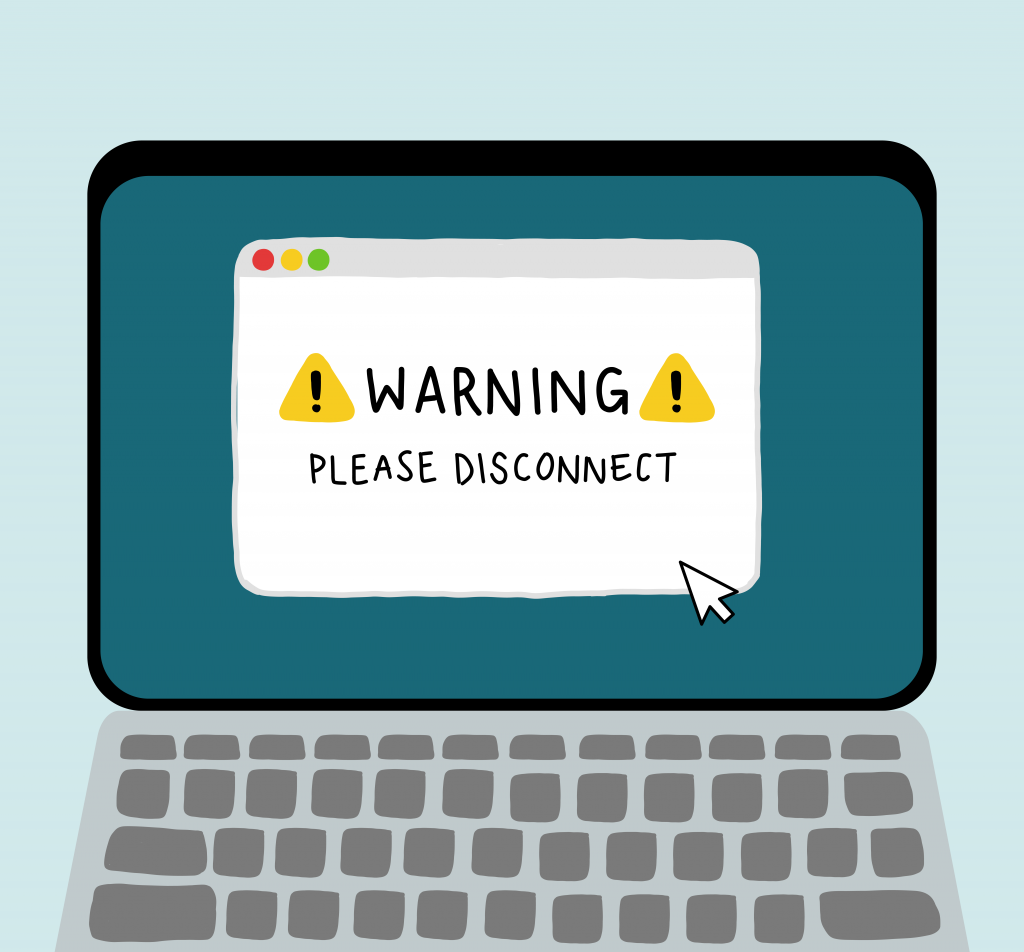Information Technology Services (ITS) recently warned the campus of a potentially harmful software issue.
In a Nov. 8 Dateline announcement, ITS requested that all students, staff and faculty immediately disconnect from the Binghamton University Wi-Fi or ethernet while an issue was investigated. A B-Line announcement was sent out shortly after explaining that MacBook computers and personal devices had not been affected, but Windows PCs should remain off campus internet services until further notice. After a few hours, students were alerted they could now use all of their devices, as the issue was no longer being deemed as a threat.
“The software issue has been resolved for the majority of campus,” the Dateline announcement read. “Check your email for a message from [ITS] before you turn your computer on. If you have not received a message from ITS by 5 p.m., it is safe to turn your computer on.”
On Wednesday, another Dateline announcement was released explaining that the incident had not been a cyberattack, but rather an internal issue that was continuing to be addressed. Two years ago, a cyberattack had temporarily paralyzed many of BU’s online services, causing the University to instate two-factor authentication.
Benjamin Fordham, a professor of political science, was teaching at the time of Tuesday’s technology difficulties — which he said did not impact his PLSC 117: Introduction to World Politics class.
“I was aware that there were software issues during my classes on Tuesday but they did not affect me,” Fordham wrote in an email. “I use a [MacBook] to show slides in my large lecture, and it apparently only affected PCs. I do not use the laptop much for my afternoon seminar.”
ITS explained that the issue had been fully resolved in an announcement sent out on Thursday.
“[ITS] has completed 100 percent of the repairs that have been reported to them by those who experienced minor issues with their computers due to the incident that occurred Tuesday,” the Dateline announcement read. “ITS continues to reach out to those who have had more significant issues, providing accommodations with loaners or by other means when necessary. Those with significant issues are also being contacted by phone and/or email to set up times to assess their computers and work with the users to determine how to proceed.”
Students were affected by the technology issues on varying levels. David Goldhirsch, a senior majoring in electrical engineering, explained that the situation had caused him to remain at his off-campus housing to do his schoolwork.
“I heard about the software issues around [11 a.m.] when my roommate asked me if my Wi-Fi was working, but I was home during that time since I don’t have class until [4 p.m.] on Tuesdays,” Goldhirsch said. “I never heard that the Wi-Fi was up and working for Windows computers, so I did all my work from home until [4 p.m.]. It was a minor inconvenience since I was already at home, but I know some friends that left campus after the announcement.”
Luisa Urgiles, a sophomore majoring in biomedical engineering, said the software issues had caused some difficulty in her class.
“I was in my chemistry lab when the email regarding the connection issues was sent,” Urgiles wrote. “This incident affected our time management as we were not able to use the school computers and see the class presentation.”
Editor’s Note (11/11/22): A previous version of this article stated that the software issue was announced on Sept. 8. The issue was announced on Nov. 8. The article has been updated with the correct information.



